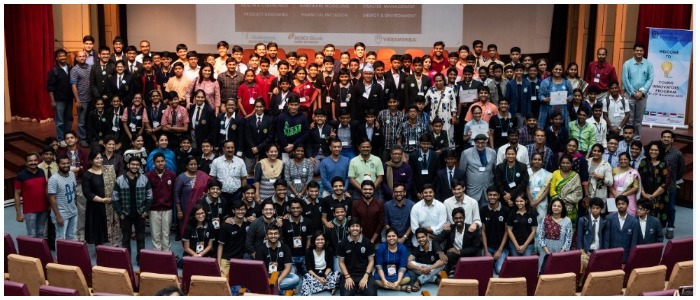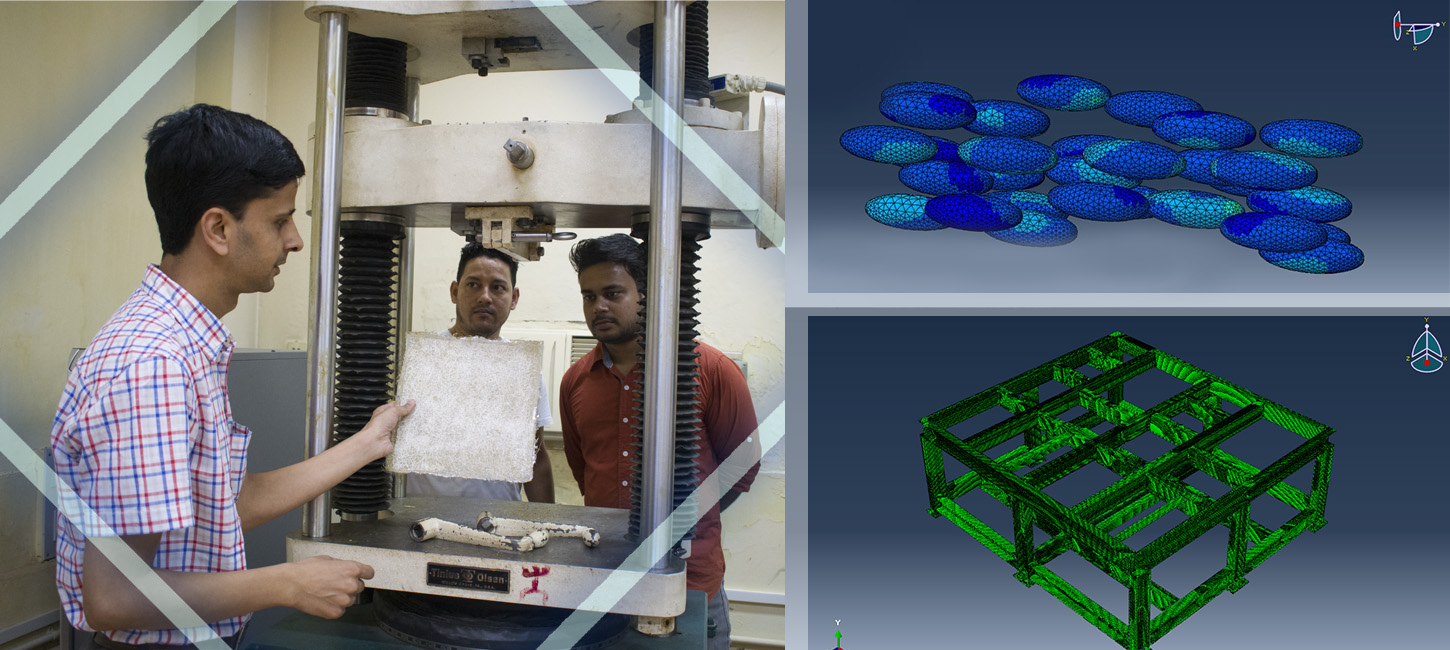
The day of many victories
Times of India, NDTV, Business Standard, The Week, Preptube.in, Hans India, Devdiscourse, College Dekho Greta Thunberg can take heart. The theme of ‘Energy and Environment’ received top billing at IIT Kharagpur’s Young Innovators Program 2019, with a majority of the participating school students electing to find their own ways to combat pollution and promote conservation. In its third edition, the contest drew students from Classes VIII-X from schools all over India and abroad to brainstorm on the themes of Health and Cleanliness, Hardware Modelling, Product Designing, Disaster Management, Financial Inclusion, as also Energy and Environment. The grand finale of YIP was held at the IIT Kharagpur…

